July is your last chance to sow these 7 vegetables – do it now for abundant fall harvests
The window is closing for the likes of beets, carrots, beans, and summer radishes
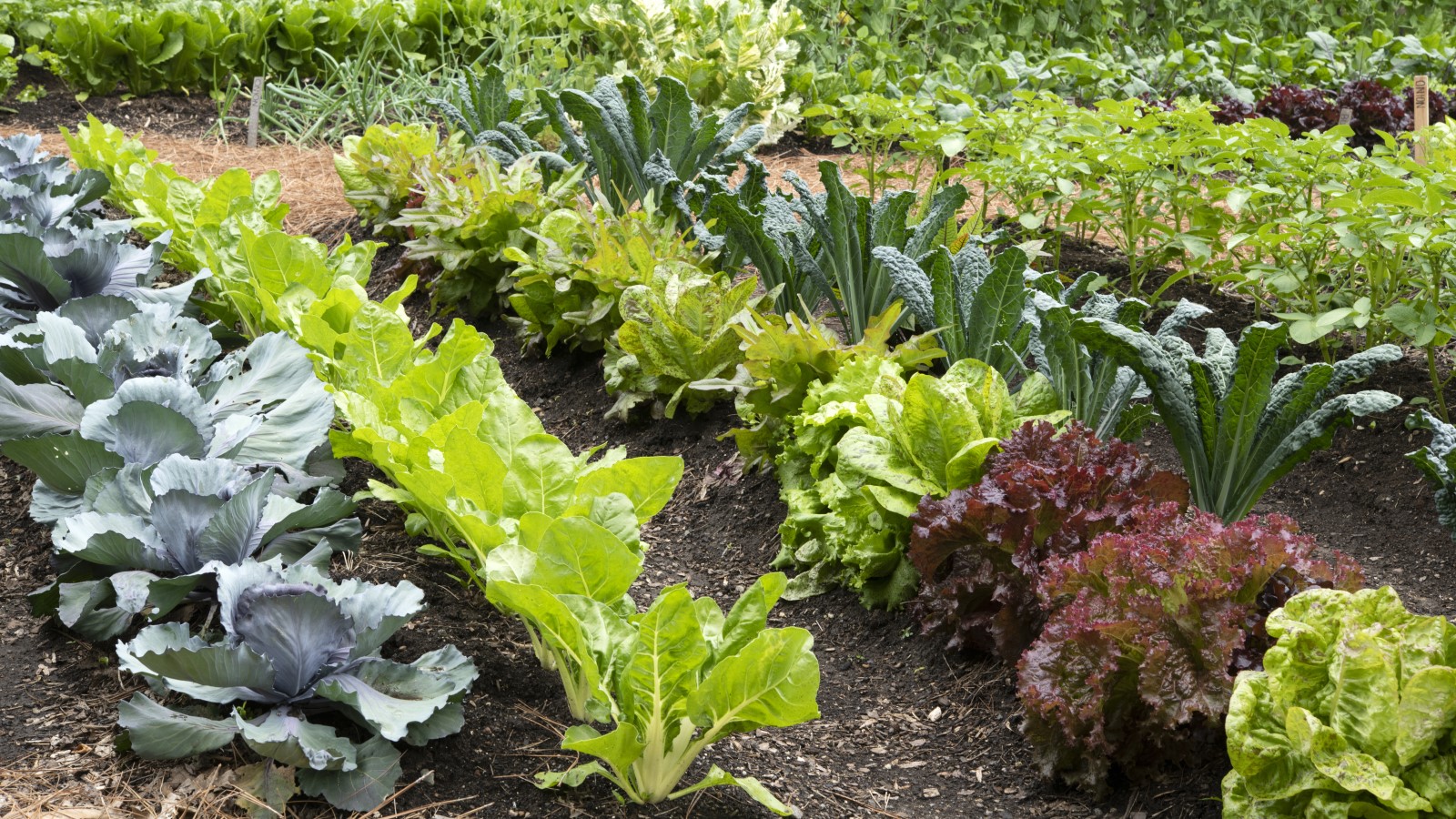
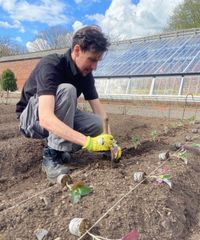
If you have caught the bug for growing your own and want to extend your harvesting season into fall, there is a great range of vegetables to plant in July that allow you to do this. Summer is a time for bountiful harvests, but it is also the season to continue sowing new vegetables for rich pickings later in the year.
July presents the last window to sow many popular crops, such as beets, carrots, and beans, as well as more unique crops. It can also be the chance to sow winter-hardy crops to see you through the colder months.
This guide focuses on those vegetables to plant in July that mature quickly and give you fantastic fall harvests. I have cultivated crops for many years as a professional kitchen gardener, so I include expert tips on how to plant vegetables to help you achieve great success.
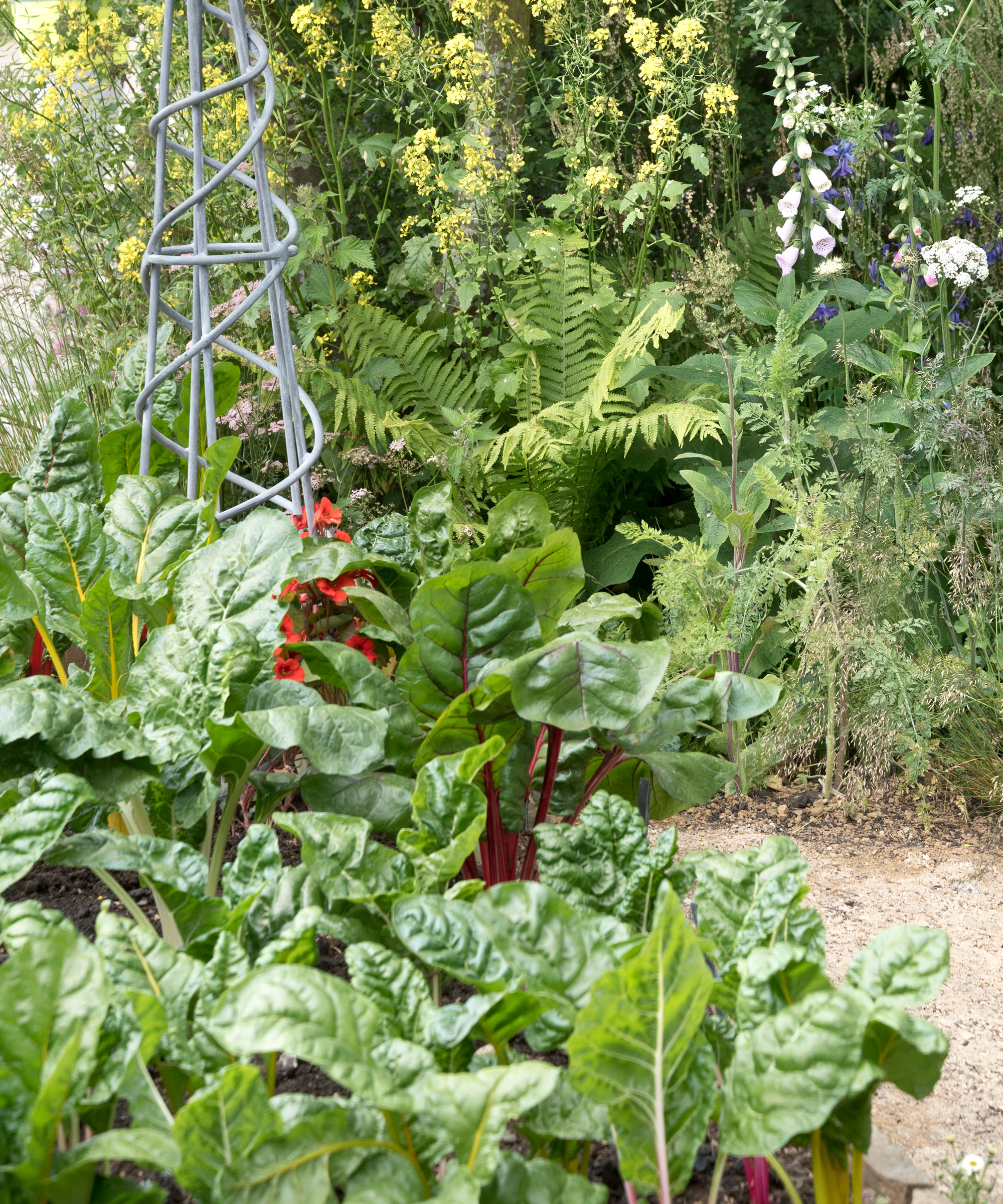
7 vegetables to plant in July for fall harvests
If you want crops to harvest during winter and early spring, I advise sowing spring cabbages, corn salad, winter radishes, and kale this month in your vegetable garden. For quicker harvests, these are some of my recommendations:
1. Beets
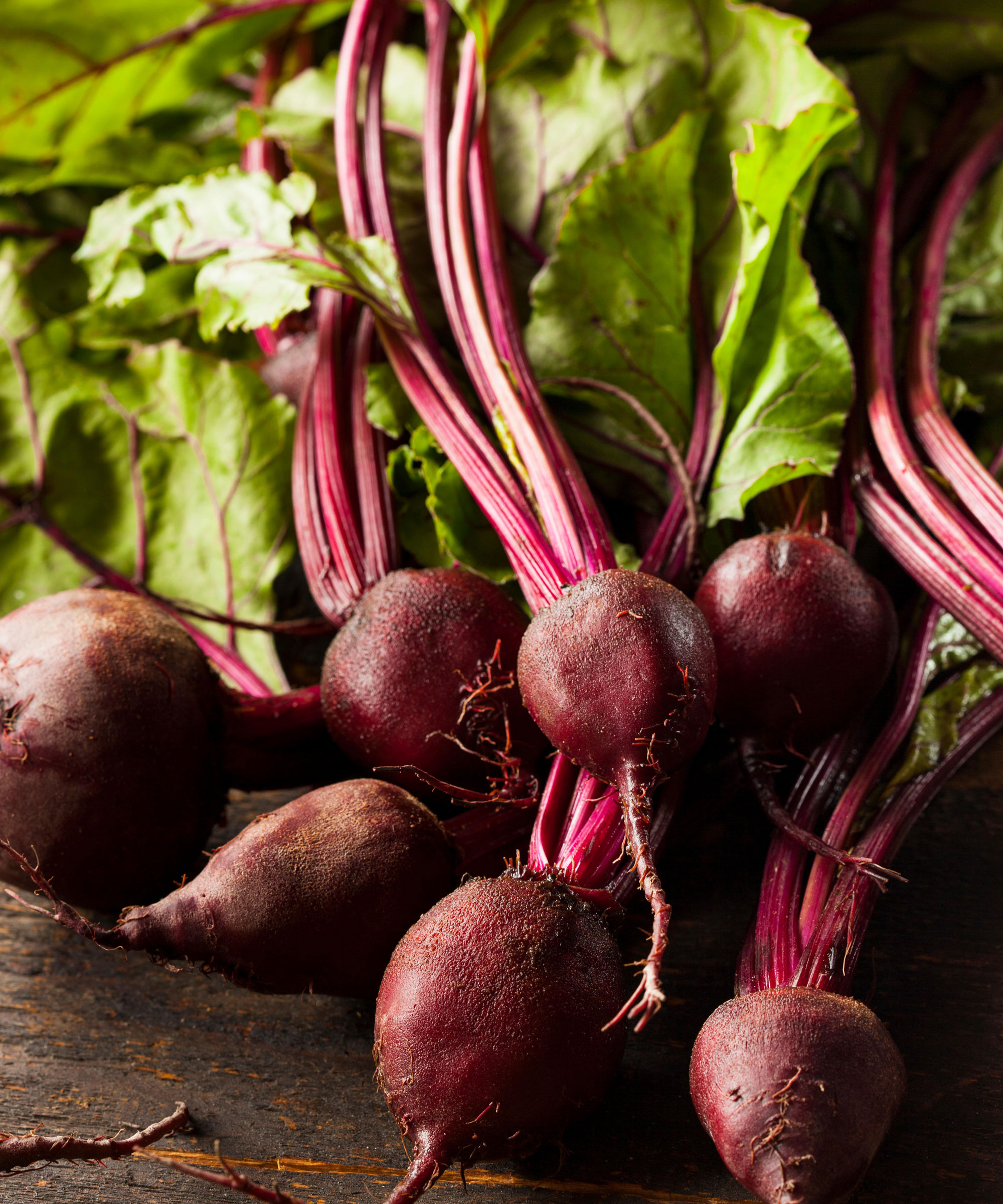
July is the last chance to plant beets in your kitchen garden for a fall harvest. You can grow beets for many months of the year, and they take around 7-8 weeks to mature. Sowing this month gives them time to develop, and you’ll get a harvest of beets around September.
Sow seeds outdoors in drills one inch deep, and leave around 12 inches between rows. I recommend watering the base of the drill before sowing, and carefully placing one seed every four inches along it.
Beet seeds are multigerm seeds, which are a cluster of several seeds in one coating. Sow too thickly and you’ll have a lot of thinning to do.
Design expertise in your inbox – from inspiring decorating ideas and beautiful celebrity homes to practical gardening advice and shopping round-ups.
See the range of beet seeds at Amazon
See the range of beet seeds at Walmart
See the range of beet seeds at Burpee
See the range of beet seeds at True Leaf Market
2. Carrots
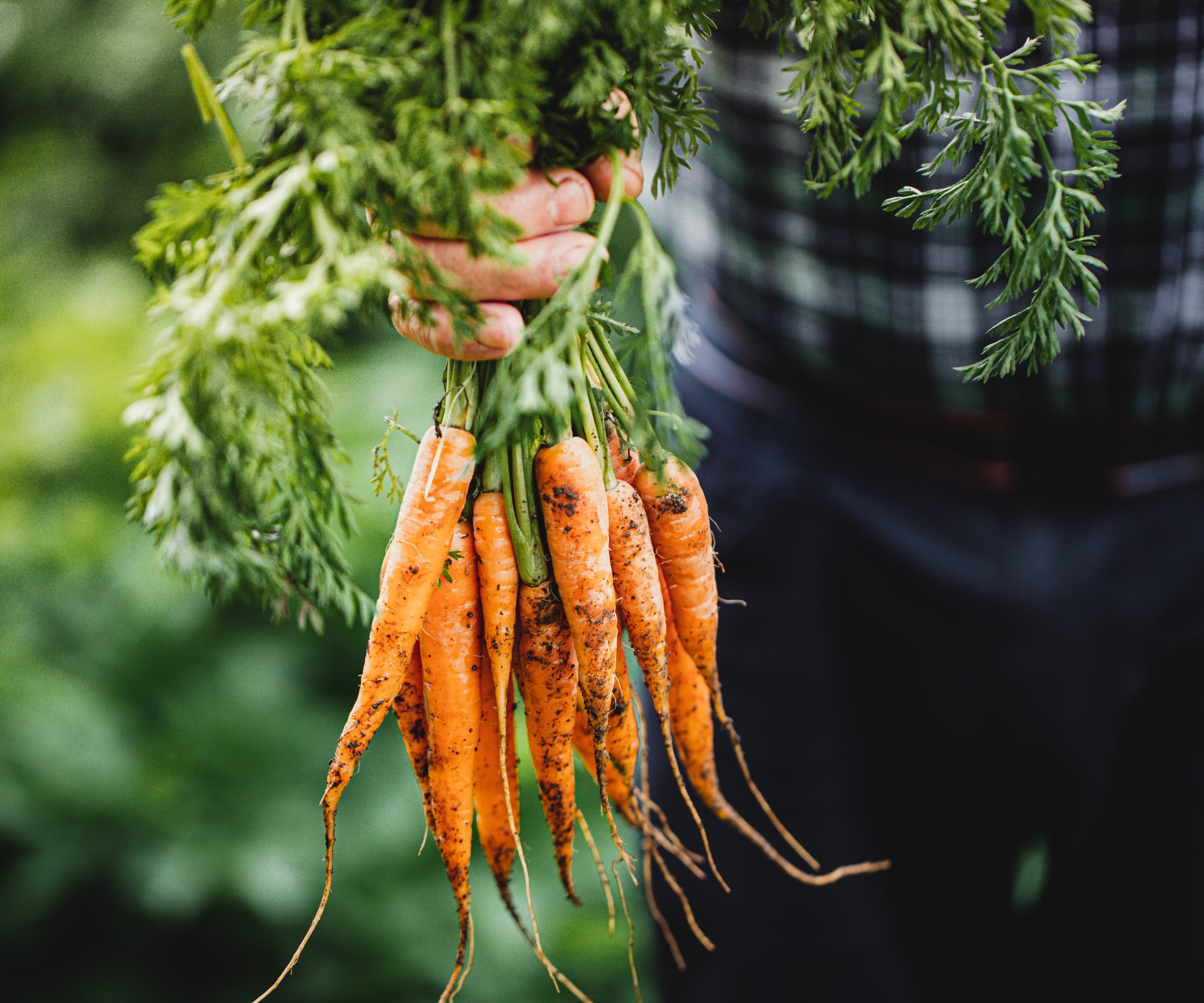
As with beets, July is the last month for planting carrots. If you start growing carrots this month, you’ll get a fall crop of carrots to harvest.
I would recommend opting for smaller, faster-growing types of carrots if you are sowing in July, such as stubbier ‘Royal Chantenay’ or the globe-shaped ‘Parisian’ carrots. You can get Parisian carrot seeds at True Leaf Market to sow this month.
Prepare the ground by removing stones, breaking up lumps, and raking it to a fine tilth. Sow carrot seeds directly into half-inch deep drills, and water the base of the drill. Thinly sow seeds along the drill around 2-3 inches apart. Don’t sow too thickly, as thinning seedlings increases the risk of carrot fly.
3. Dwarf French beans
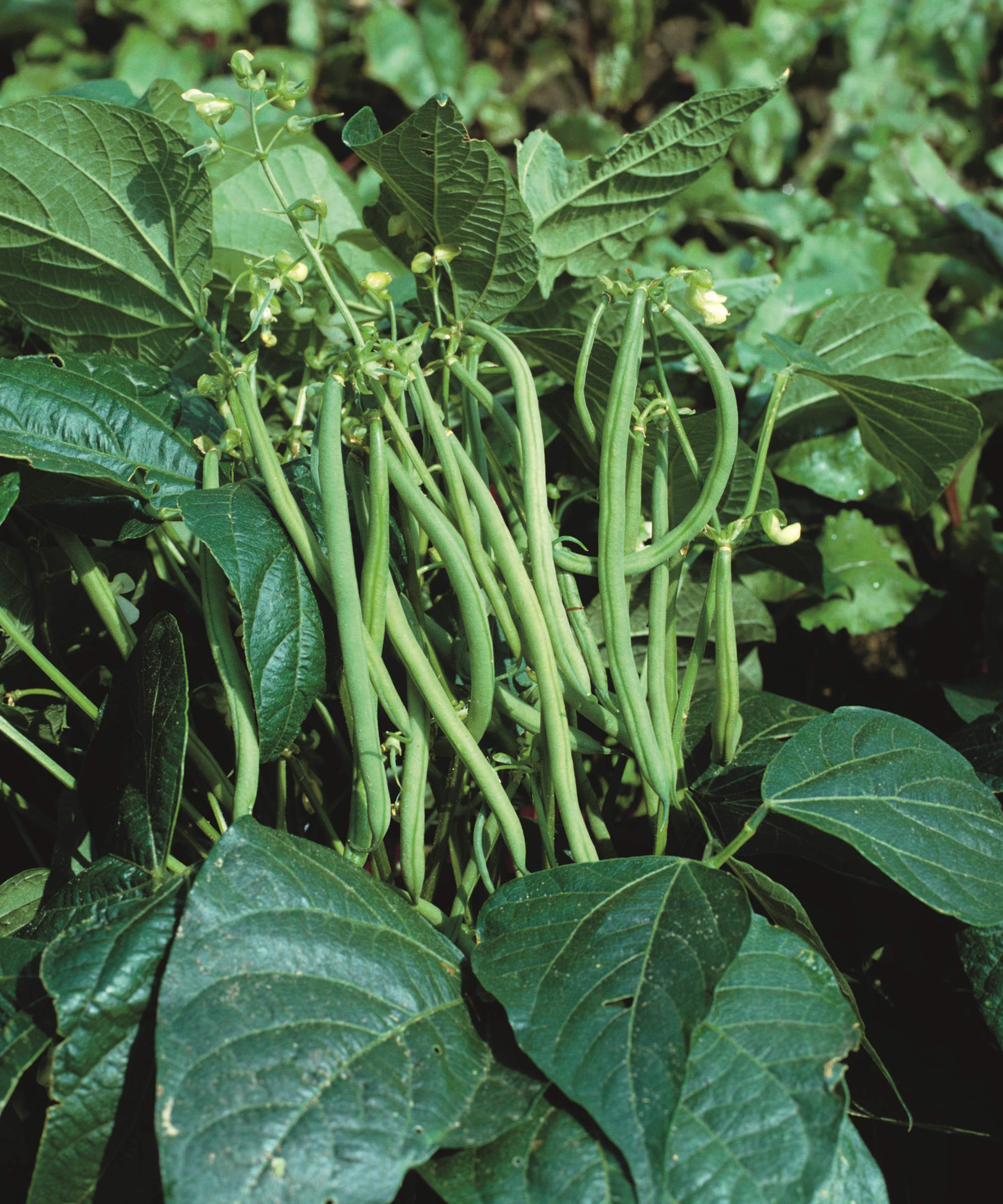
There is one last opportunity to grow French beans and get a fall crop of tasty pods this month.
The ideal French beans to grow from a July sowing are dwarf cultivars that mature quickly and take up only a small space in the garden. These plants are also suitable for small vegetable gardens and vegetable container gardens.
A great example is 'Beananza' dwarf French bean at Burpee that grows to just 15 inches yet produces a prolific amount of beans.
Sow the beans two inches deep in the soil and 4-6 inches apart in a sunny position in the vegetable garden. French beans want to be kept consistently moist, and you can start picking pods when they reach six inches.
I advise considering companion planting beans with garlic, rosemary, or marigolds to prevent Mexican bean beetles and other common pests.
4. Summer radish
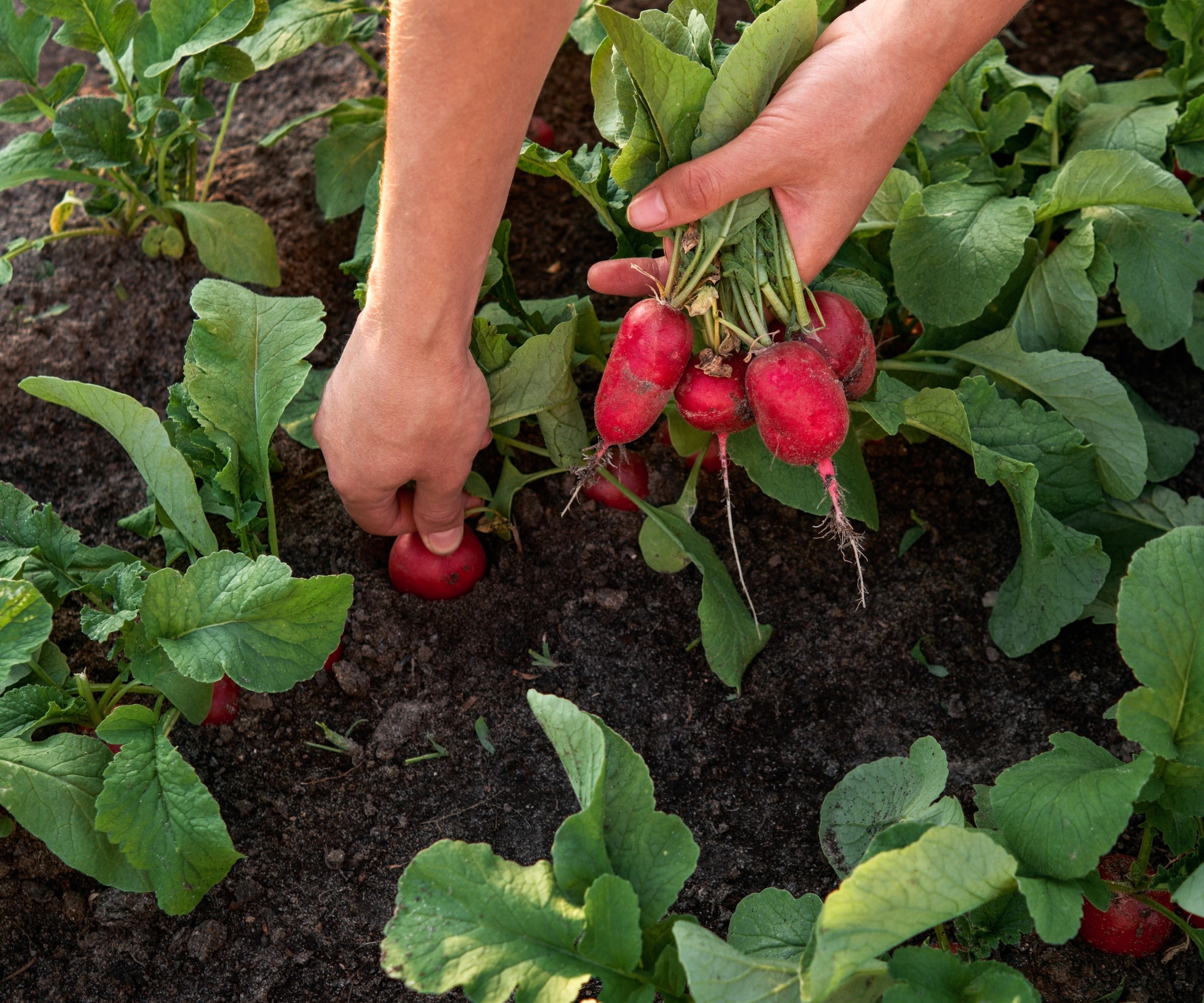
Summer radishes are fast-growing vegetables that can go from sowing to harvesting in four or five weeks. You can plant radishes from spring onwards until the middle of summer, and small successional sowings will give you a long harvest of radishes to add to salads and other dishes.
To start growing radishes this month, sow them directly in drills a half-inch deep and thinly place the seeds an inch apart. Keep the soil moist and harvest them once they are large enough to use, as leaving them too long can cause them to become woody.
As well as in the ground, you can grow radishes in pots. Short-rooted varieties (such as ‘Cherry Belle’ radishes available at Burpee) are best for containers, while the classic ‘French Breakfast’ variety (you can get ‘French Breakfast’ radish seeds at Burpee too) can be grown in the ground or deep raised beds.
5. Florence fennel
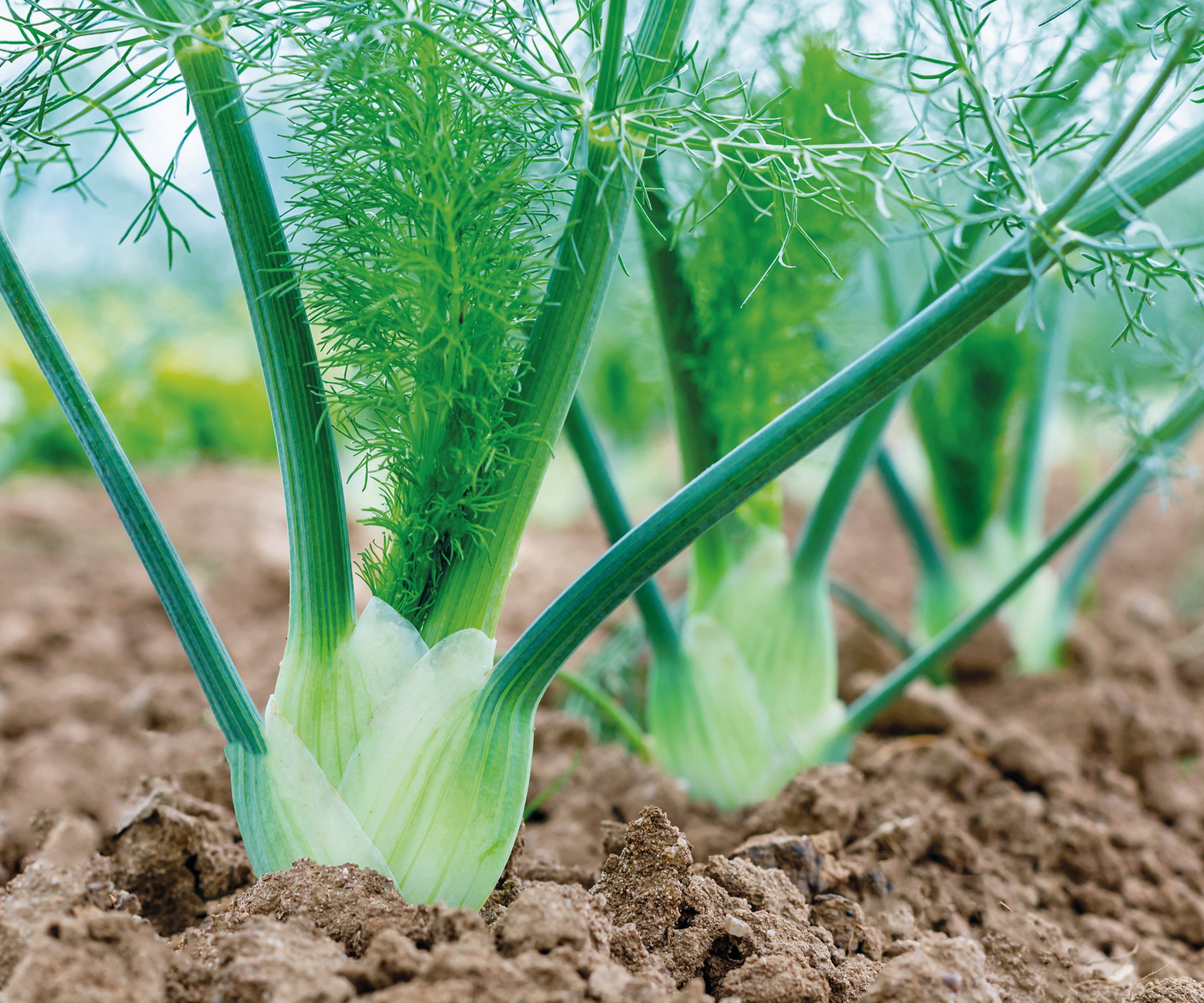
Florence fennel, or bulb fennel, is grown for squat bulbs with an aniseed flavour, which are often used in fish or chicken dishes. The best time to plant fennel seeds outdoors is in June and July, and you want to sow directly as the crop does not like root disturbance.
Sow seeds 1/2 inch deep in the soil, in rows 12 inches apart. Keep them moist for germination, then thin seedlings to 12 inches as they develop. Consistent watering is important when growing fennel, as the plant is liable to bolt if the soil dries out in hot temperatures.
Mulching around the crop can help maintain moisture in the soil to prevent bolting. If all goes well, you can harvest fennel bulbs 12 weeks later once they reach four to six inches across.
These Florence fennel seeds at Amazon can be sown directly into your vegetable garden this month.
6. Green onions
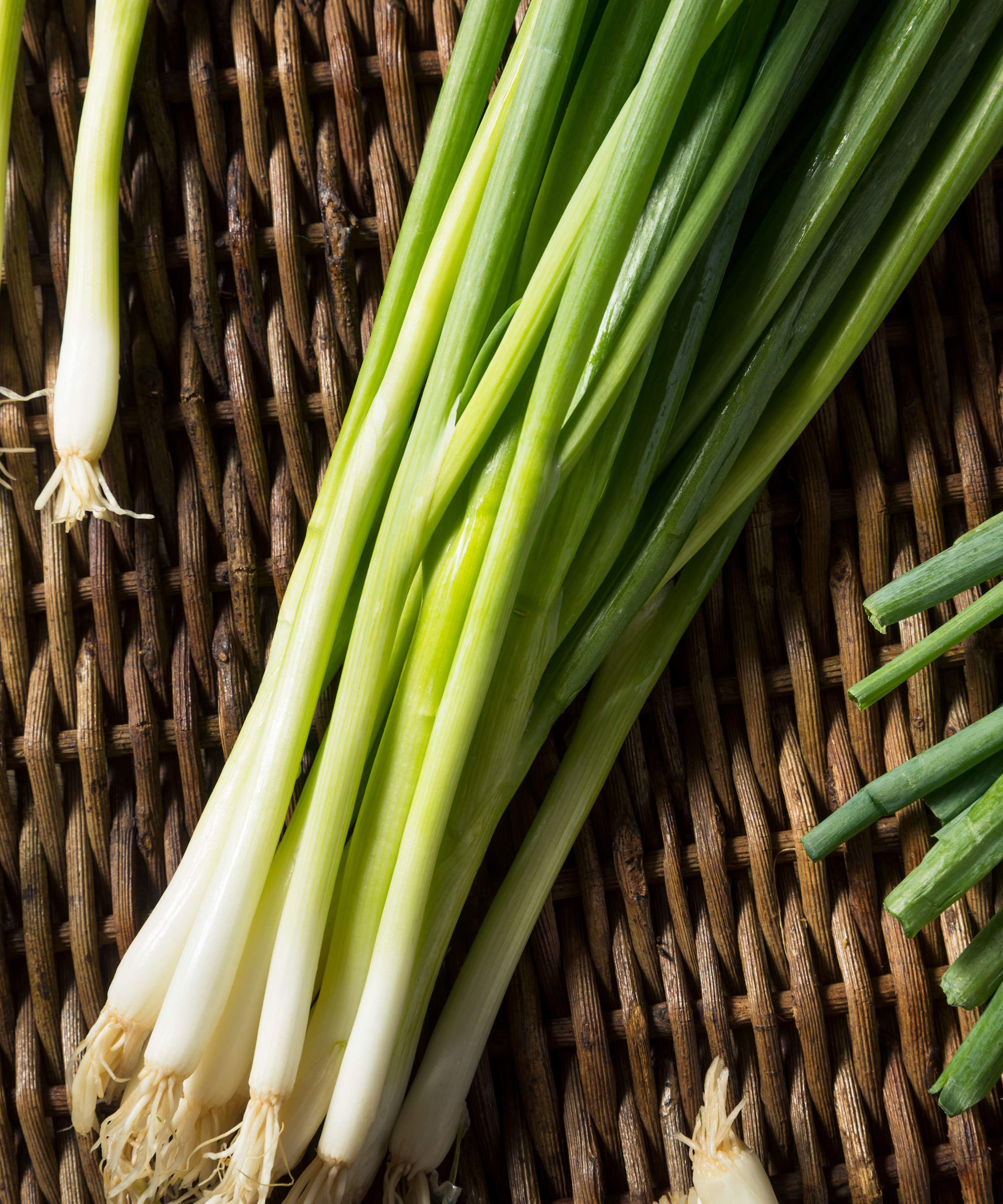
Green onions, spring onions, and scallions can be sown directly into the ground this month for harvests of mild onion stalks that you can eat raw or cooked.
They are fast-growing and easy vegetables to grow, going from sowing to harvesting in just 50-60 days, depending on the variety and the growing conditions.
Thinly sow the seeds in drills 12-18 inches apart and thin them to two inches once they have emerged. Try to keep the soil consistently moist in summer and well-weeded to reduce competition for water and nutrients.
See the range of onion seeds at Amazon
See the range of onion seeds at Walmart
See the range of onion seeds at Burpee
See the range of onion seeds at True Leaf Market
7. Chicory
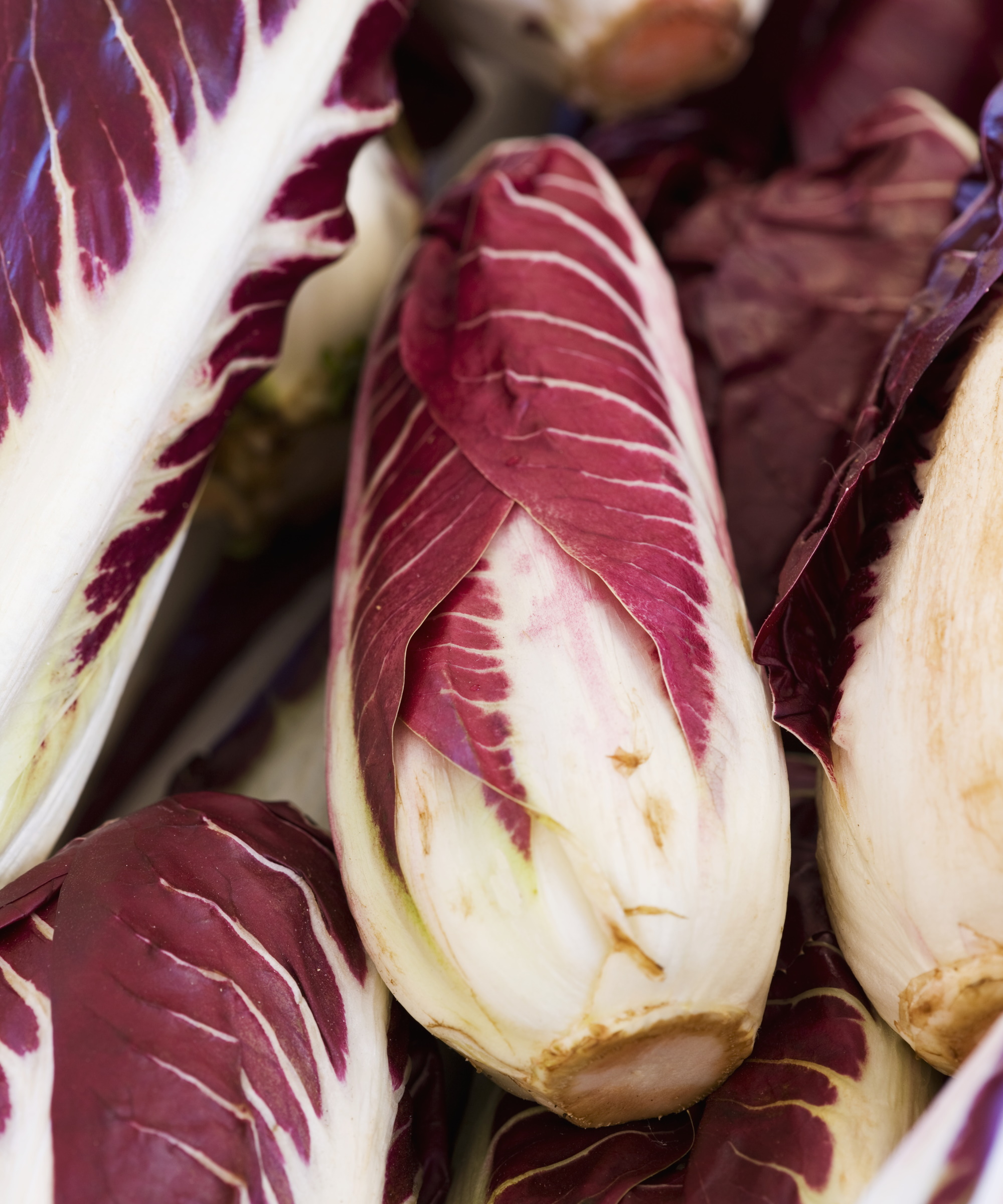
Chicory comes in forcing and non-forcing types, and the latter are ideal for sowing in July for heads of bitter leaves to harvest in fall.
The likes of radicchio and sugarloaf chicory can be grown for baby leaves to pick in around a month after sowing or left to develop into full heads, which take 80-100 days to reach maturity.
Sow radicchio and sugarloaf seeds outdoors in July into drills, or sow seeds indoors in module cells and transplant seedlings around three weeks later. Each head of chicory wants around 12 inches of space and consistent levels of water throughout the season.
Cut the heads once they reach a desirable size and feel fairly solid, and don’t leave them too long as they go tough. Cut the head just above ground level, and a second smaller head should develop for a second harvest.
You can get Radicchio 'Palla Rosa' seeds at True Leaf Market for heads with a strong red color in 80-85 days from sowing.
FAQs
Is July too late to plant potatoes?
You can plant potatoes in July for a harvest in late fall. It is best to use faster-maturing early varieties of potatoes for a quick crop. Growing potatoes requires 90-120 days of frost-free growth for the tubers to develop. It means that growers in colder climates may need to grow potatoes in containers or grow bags in a frost-free greenhouse, porch or conservatory.
Can I sow broccoli seeds in July?
July offers the last chance to plant broccoli seeds, and you can expect harvests in winter and spring from sowing this month, depending on the variety. It is best to sow seeds outdoors this month around an inch deep and three inches apart, and to protect the seedlings from slugs and snails.
July is also an ideal time to feed your vegetable garden so your crops receive all the nutrients they need for a plentiful harvest. This guide to plants to fertilize in July includes flowers and vegetables that will benefit from a feed this month. Ensure that feeding plants is part of your summer gardening checklist.
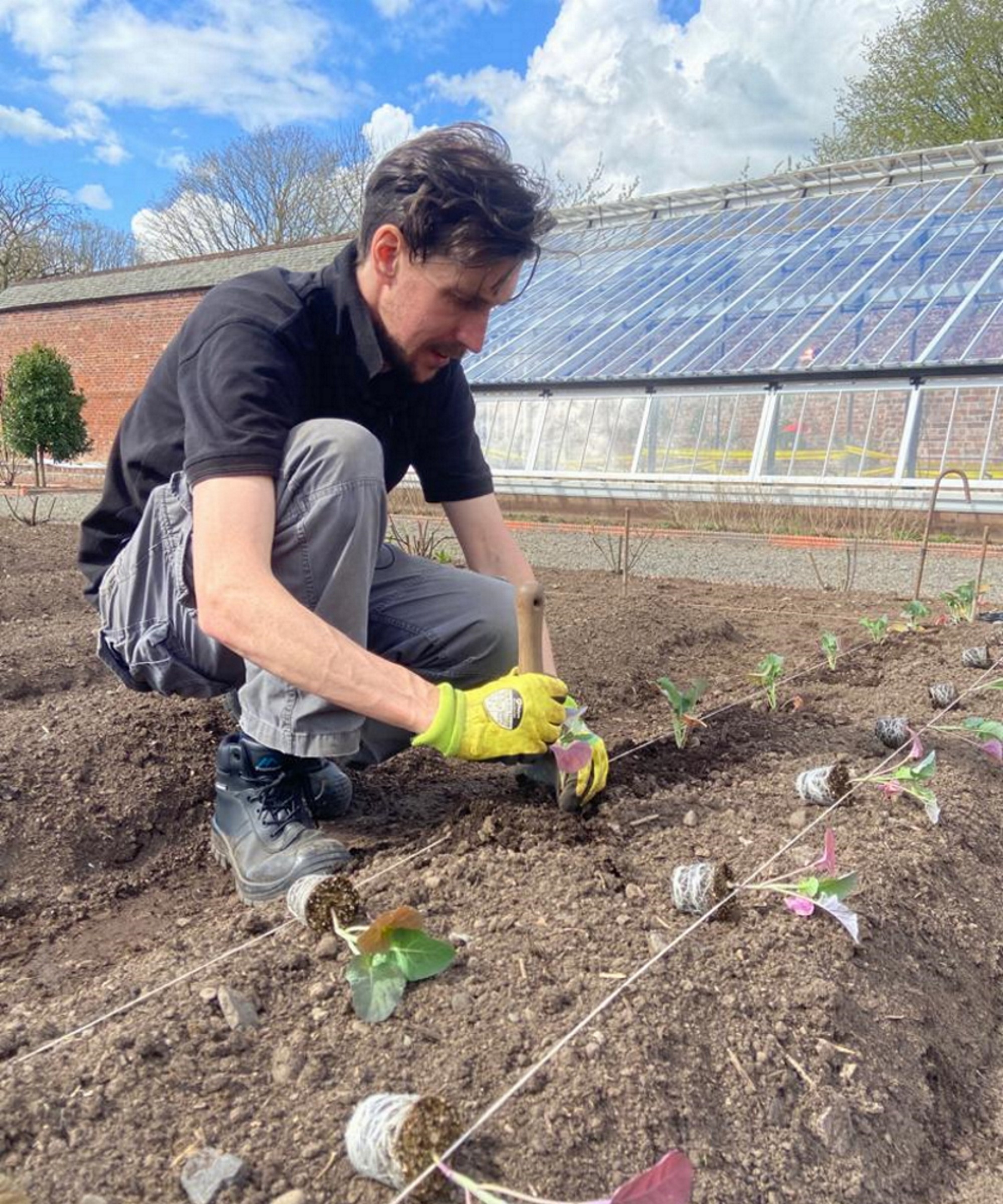
Drew has worked as a writer since 2008 and was also a professional gardener for many years. As a trained horticulturist, he worked in prestigious historic gardens, including Hanbury Hall and the world-famous Hidcote Manor Garden. He also spent time as a specialist kitchen gardener at Soho Farmhouse and Netherby Hall, where he grew vegetables, fruit, herbs, and cut flowers for restaurants. Drew has written for numerous print and online publications and is an allotment holder and garden blogger. He is shortlisted for the Digital Gardening Writer of the Year at the 2025 Garden Media Guild Awards.
You must confirm your public display name before commenting
Please logout and then login again, you will then be prompted to enter your display name.